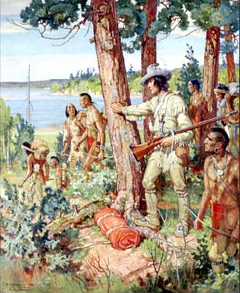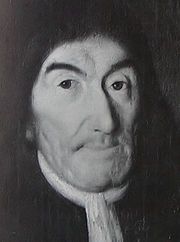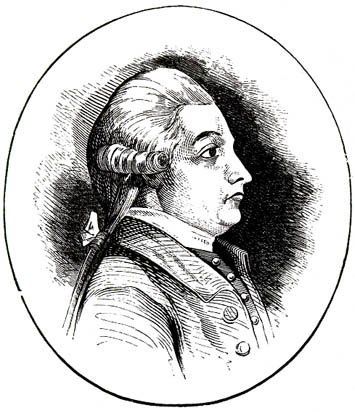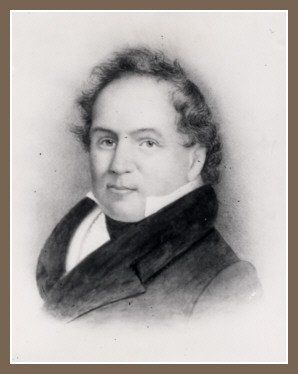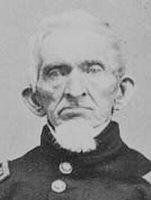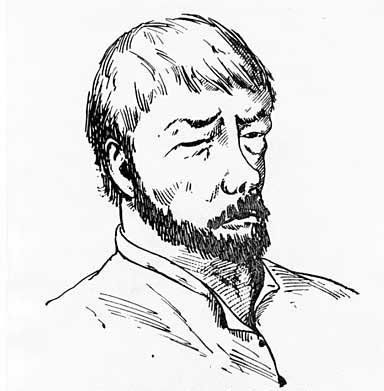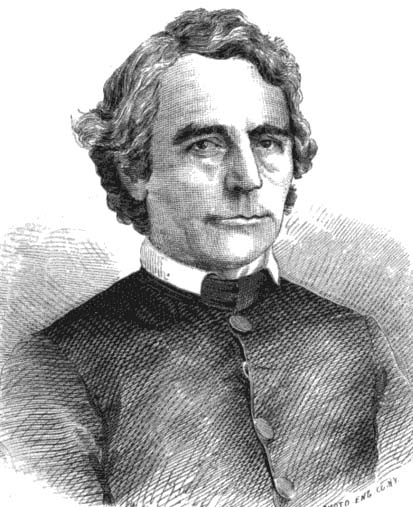Minnesota's Earliest Known
European Explorers and Pioneers
Etienne Brule' (1592-1633)
Articles of a treaty made and concluded at Traverse des Sioux, upon the Minnesota River, in the Territory of Minnesota, on the twenty-third day of July, eighteen hundred and fifty-one, between the United States of America, by Col. Luke Lea, Commissioner of Indian Affairs, and Alexander Ramsey, governor and ex-officio superintendent of Indian affairs in said Territory, commissioners duly appointed for that purpose, and See-see-toan and Wah-pay-toan bands of Dakota or Sioux Indians.
Father Hennepin (1626-1705)
Father Louis Hennepin was a Catholic priest of the Franciscan order from Belgium. King Louis XIV of France sent him to "New France" in North America in 1675. He accompanied Rene' Robert La Salle on a voyage of discovery through the Great Lakes and was the first European to describe Niagara Falls. In 1680, he set out to find the headwaters of the "Meschasipi" River, and was the first European to discover the only waterfall on the Mississippi River, in present-day Minneapolis. He named the falls in honor of his patron saint, St. Anthony.
Jonathan Carver (1710-1780)
Jonathan Carver was born into a well-to-do New England family and rose to the rank of captain during the French and Indian War. He taught himself surveying and map-making believing that these would offer him great opportunities in the large tracts of land won by the British in that contest.
In 1766, he joined a party of explorers on the upper Mississippi. He spent the winter of 1766-1767 with the Sioux along the Minnesota River, and returned to Boston in 1769. He published Travels through the Interior Parts of North America in the Years 1766, 1767, and 1768 in 1778, which was the first detailed account of the Sioux way of life and description of the upper Mississippi published in English.
Zebulon Pike (1778-1813)
Zebulon Pike was the son of a Revolutionary War officer who grew on military posts on the then-frontier of Ohio and Illinois, and joined his father's regiment in 1794. In 1805, he was sent up the Mississippi from St. Louis to find the river's source and make contact with the Indian tribes there. In September, Lieutenant Pike sat in council with the chiefs of the Mississippi bands of Indians and obtained a grant from Little Crow and the other chiefs in attendance for 100,000 acres for forts at St. Anthony, St. Peter, and the mouth of the St. Croix River. He would also report that the bluffs overlooking the confluence of the Mississippi and Minnesota Rivers was an excellent site, and Fort Snelling would be constructed there. Pike continued north and built a stockade at what is now Little Falls. Pike called Leech Lake the main source of the Mississippi when he arrived there in February of 1806, and continued on to Cass Lake before turning back to St. Louis.
Josiah Snelling (1782-1828)
Josiah Snelling was born in Boston in 1782. He served with distinction in the War of 1812. He was stationed in upstate New York for 4 years before being promoted to the rank of colonel and assigned to oversee the building of a fort in Minnesota Territory. The fort was built on the bluffs above the confluence of the Minnesota and Mississippi Rivers. He remained at the fort that was named for him until early 1827, when his health began to decline. He died in Washington DC the next summer.
Lawrence Taliaferro
In 1819, a Virginian named Lawrence Taliaferro (Tolliver) arrived in Minnesota to serve as a U.S. agent to the Native Americans. He was a member of one of the first families of Virginia, whose ancestors had settled in that Commonwealth in the 17th Century. Unlike other government agents of the time, Taliaferro was respected among the Native American communities for his honesty and integrity. Though he spoke only English, Taliaferro was able to communicate with different tribes through the use of an interpreter. He worked closely and successfully with Colonel Snelling to develop and maintain peaceful relations with the Indians along the upper Mississippi and Minnesota Rivers. In an interesting side note, Talliaferro was the owner of Harriet Robinson, who married Dred Scott.
Pierre Parrant (c. 1777-c. 1872)
Pierre "Pig's Eye Pete" Parrant was a French-Canadian who spent most of his adulthood as a fur trapper and trader. In 1832, he moved to the squatter's settlement near Fort Snelling in Minnesota Territory and made his living making and selling bootleg to the settlers, Indians, and soldiers at the fort. He was blind in one eye and had the reputation of a scoundrel. In 1838, he built a shack outside "Fountain Cave" on the banks of the Mississippi which held the spring he used to make his liquor. His shack is considered to be the first building in the City of "Pig's Eye," later St. Paul.
Lucien (Louis) Galtier (1811-1866)
Galtier was a Catholic missionary to the Sioux Indians, who was in 1840 assigned to Minnesota. He built a log chapel dedicated to St. Paul, and encouraged the settlers in Pig's Eye to change its name to St. Paul. To read his description of his time in the territory, click here. NEED LINK
Other Notable Figures
- First Governor of the Minnesota Territory
- Second Governor of the State of Minnesota
- Second Governor of the Minnesota Territory
- Achieved the rank of Brigadier General during the Civil War as part of the 1st Minnesota
- Third and last Governor of the Minnesota Territory
- Second Congressional Representative from the Minnesota Territory
- First Senator from the State of Minnesota
- Representative of Wisconsin Territory (after the state of Wisconsin was admitted to the union) in 1848
- Read his speech in support of creating Minnesota Territory
- First Congressional Representative from the Minnesota Territory
- First Governor of the State of Minnesota
